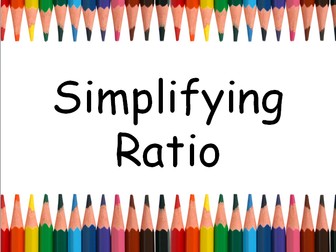Addition and Subtraction with Negative Numbers
A PowerPoint visual explaining the effects of adding and subtracting positive and negative numbers. The flag points to number you start at then depending which team has more people the flag will move - its all animated. Includes Questions and Answers.<br />
There is also an extension, students must fill in the missing sign to make the sum correct. Answers provided.
